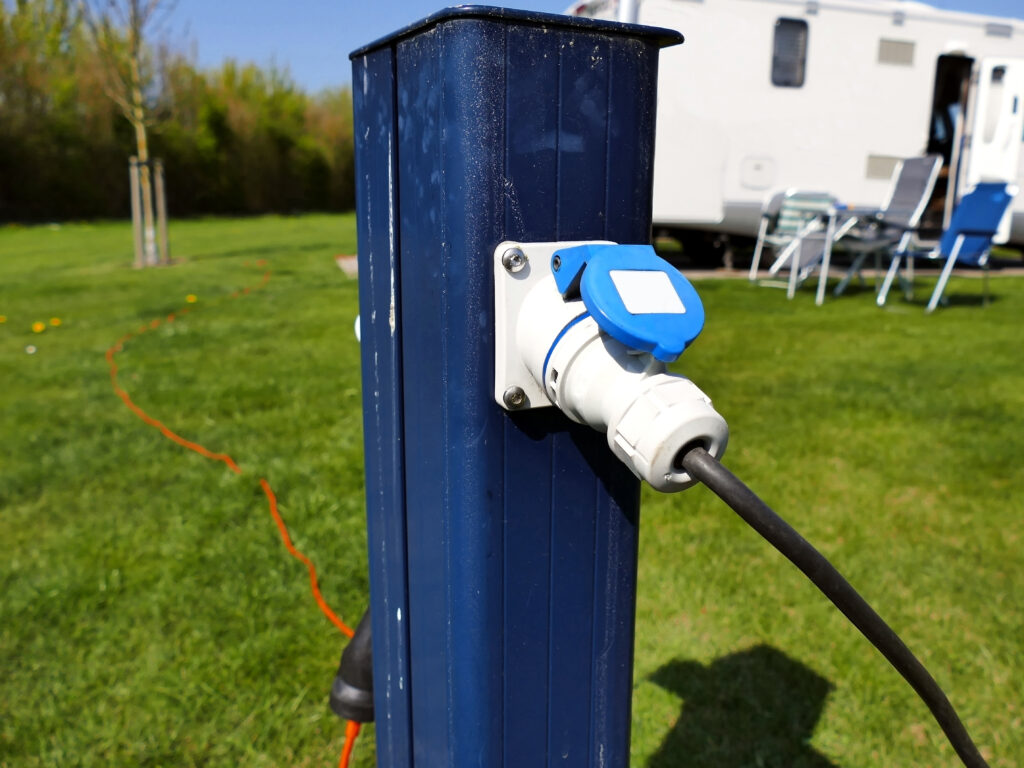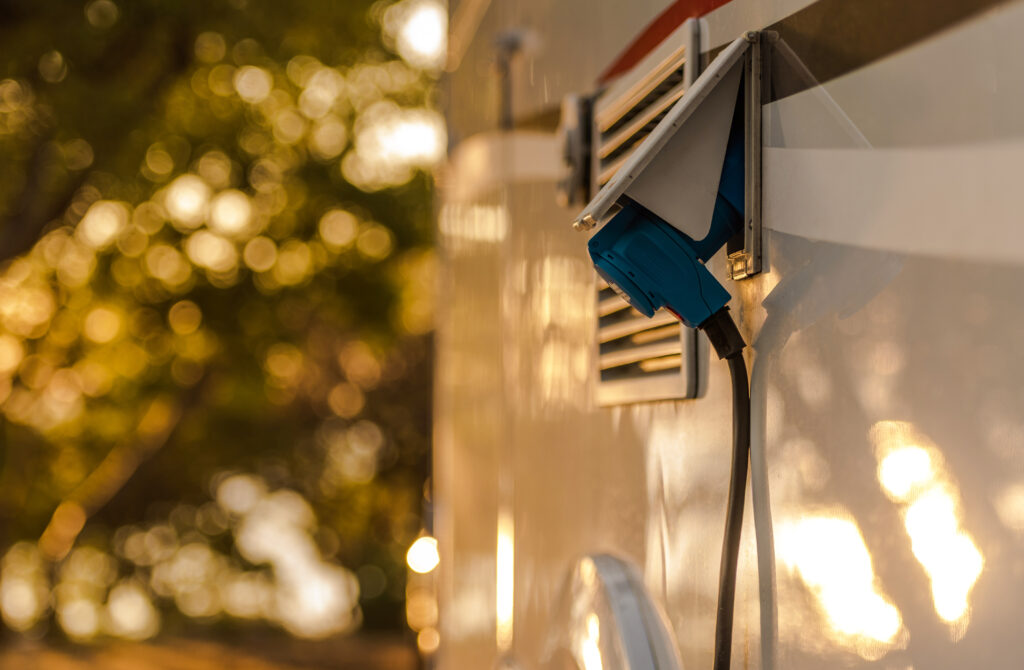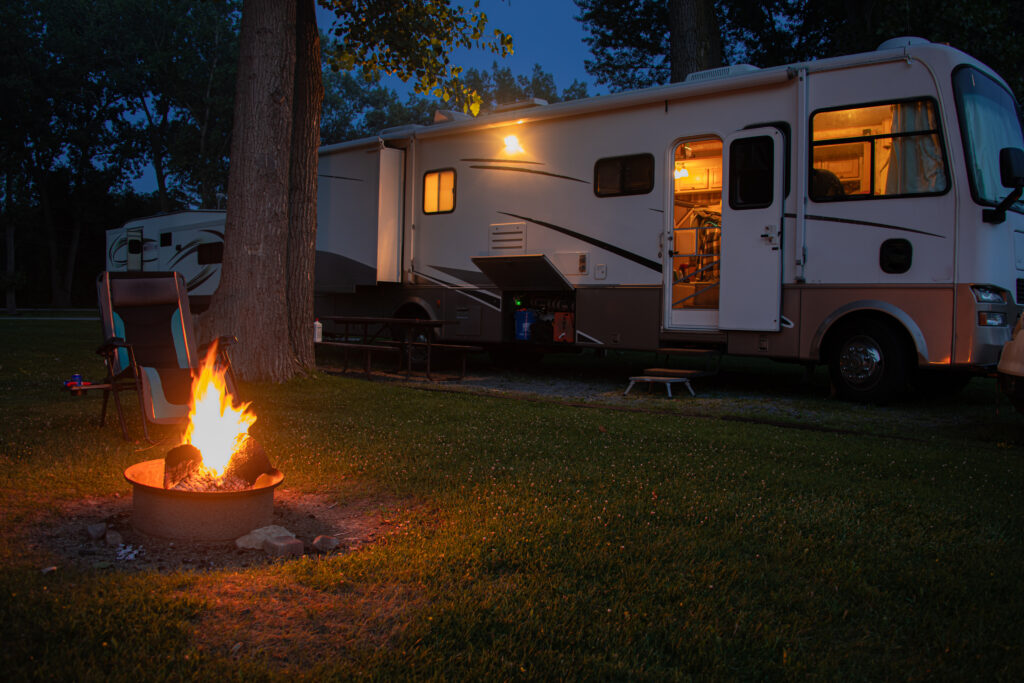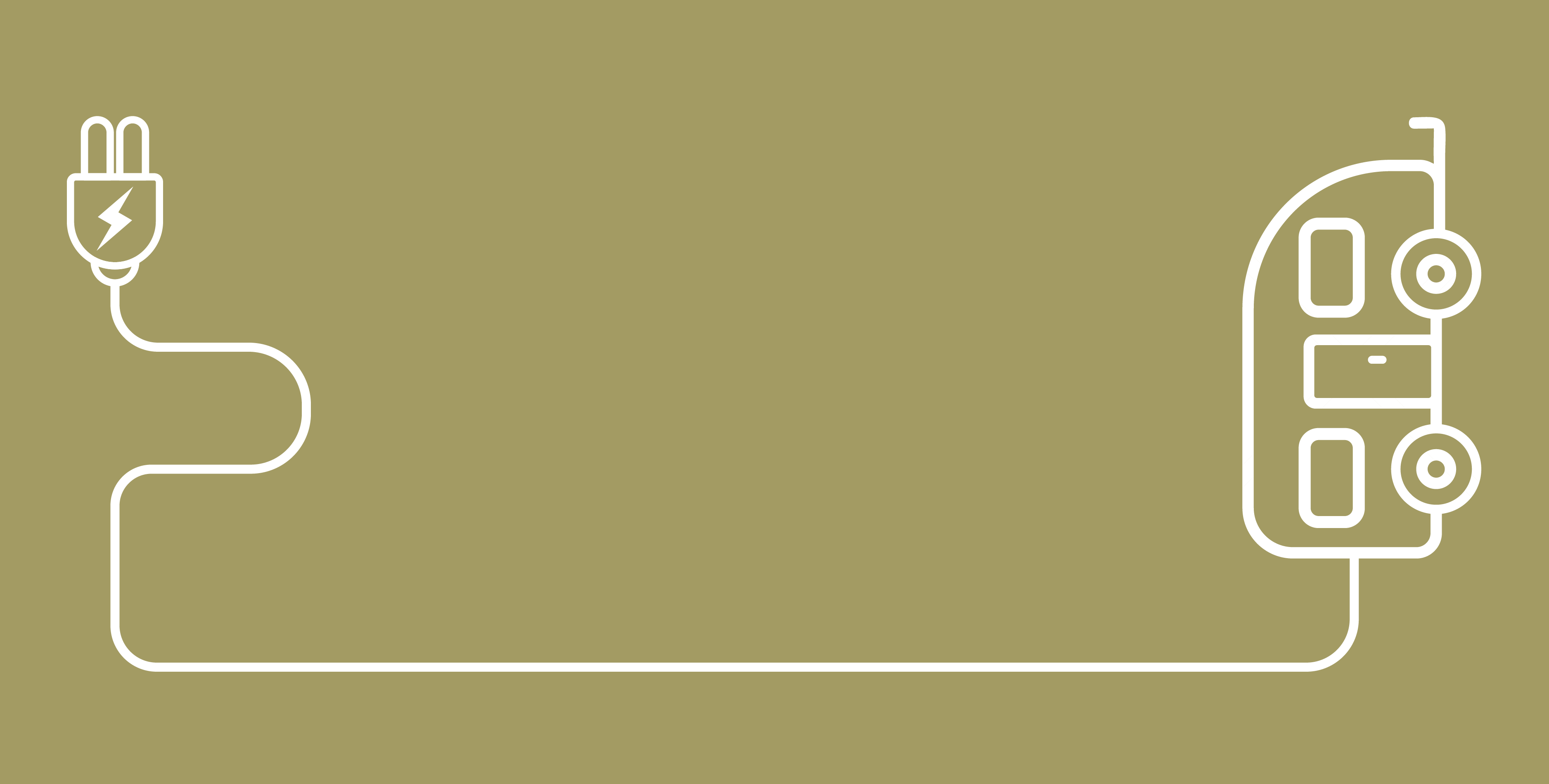
Resources for RV Living
How Do I Hook Up Power to My RV at an RV Park?
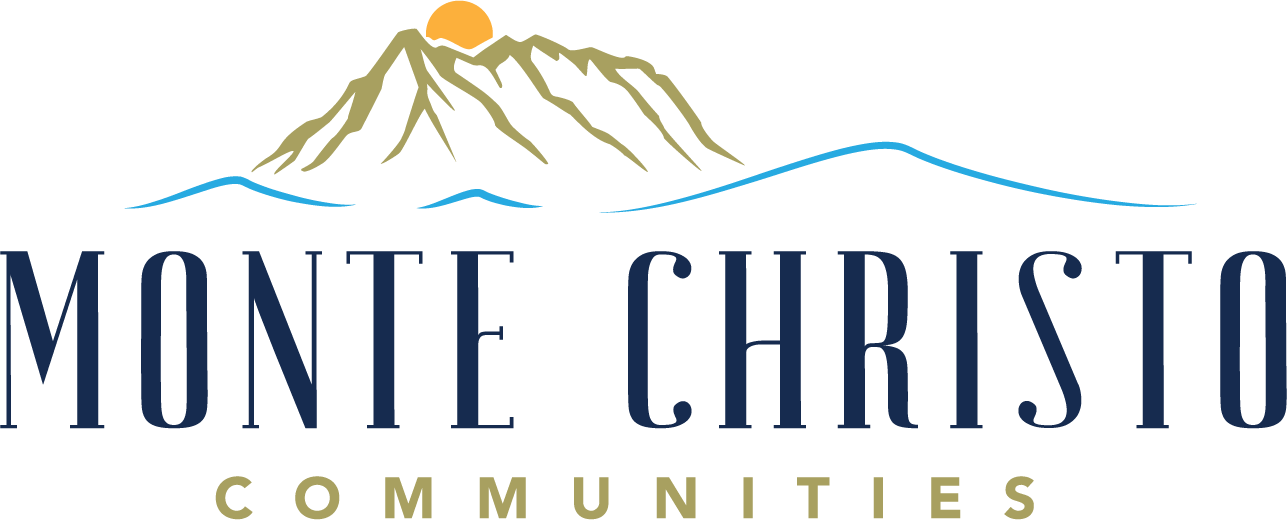
Featured Homes

SPECIAL OFFER
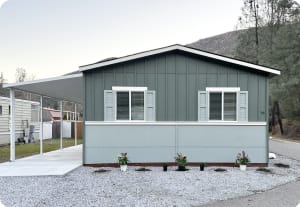
French Gulch , CA
13905 TRINITY MOUNTAIN RD #18
3
|
2
|
1056
Clear Creek Estates
SPECIAL OFFER
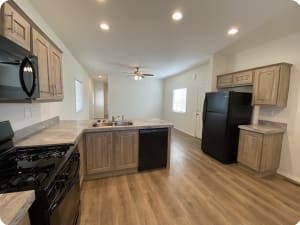
Paradise , CA
1348 Elliott #2
2
|
1
|
780
Paradise Estates
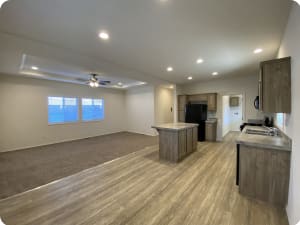
Red Bluff , CA
13 Casa Grande Dr
2
|
2
|
1056
Rio Vista Estates

Brookings , OR
16391 US-101, #7
2
|
1
|
720
Brookings MHP
SPECIAL OFFER

Paradise , CA
1354 Elliott #15
3
|
2
|
1056
Paradise Estates

